Canna Lily Deadheading: Tips For Deadheading Canna Lily Plants
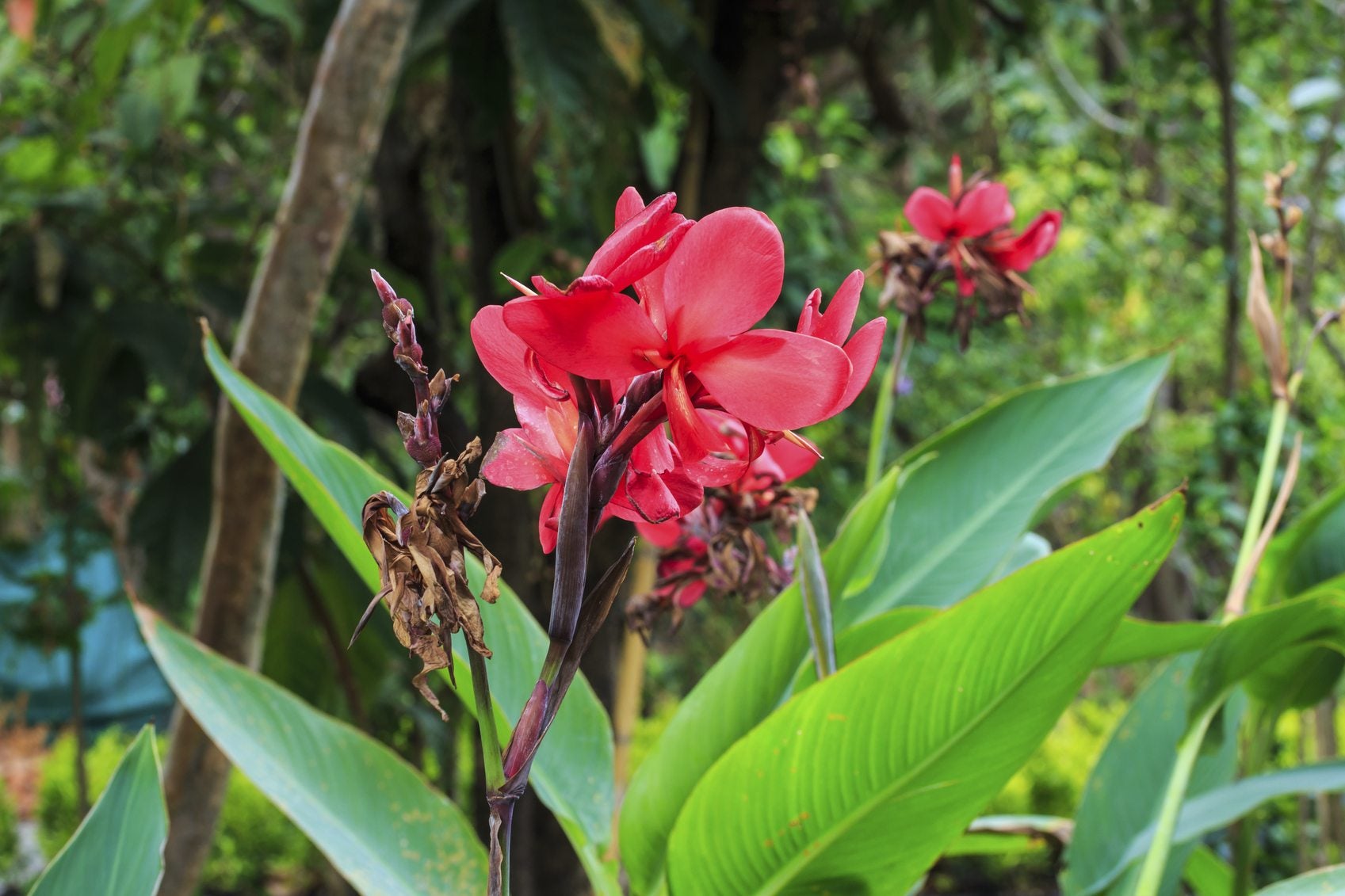

Canna lilies are beautiful, easy-to-grow plants that effortlessly bring a splash of the tropics to your garden. They’re especially welcome to gardeners with very hot summers. Where other flowers shrivel and wilt, canna lilies thrive in the heat. How do you ensure that you get the most out of your canna lilies all summer long? Keep reading to learn more about how to deadhead a canna lily.
Canna Lily Deadheading
Should canna lilies be deadheaded? The jury is somewhat out on the question of both how to and if deadheading canna lily plants is necessary at all. Some gardeners are adamant that canna lily deadheading needlessly kills future blooms, while others faithfully cut spent flower stalks down to the ground. Neither method is necessarily “wrong,” since canna lilies are prolific bloomers. Both methods can result in more blossoms. However, a good compromise, and one used by plenty of gardeners, is to carefully remove just the spent flowers.
Pinching Off Spent Canna Blooms
The main point behind deadheading flowers is to prevent the setting of seed. Plants use up energy by making seeds, and unless you’re planning on collecting the seeds, that energy could be better used by making more flowers. Some canna lilies make big black seed pods, while others are sterile. Leave a flower or two and watch it – if you don’t see seed pods develop, you don’t need to deadhead except for aesthetics. If you are pinching off spent canna blooms, be careful. New buds usually form right next to the spent flowers. Cut off just the fading flower, leaving the buds in place. Pretty soon they should open up into new flowers. If you do happen to remove the buds or even the whole stalk, all is not lost. The plant will quickly grow new stalks and flowers. It will just take a little longer.
Gardening tips, videos, info and more delivered right to your inbox!
Sign up for the Gardening Know How newsletter today and receive a free copy of our e-book "How to Grow Delicious Tomatoes".

The only child of a horticulturist and an English teacher, Liz Baessler was destined to become a gardening editor. She has been with Gardening Know how since 2015, and a Senior Editor since 2020. She holds a BA in English from Brandeis University and an MA in English from the University of Geneva, Switzerland. After years of gardening in containers and community garden plots, she finally has a backyard of her own, which she is systematically filling with vegetables and flowers.
-
 Looking For Plants To Give You The Soft And Fuzzies? Try These 5 Fuzzy Leaf Plant Options
Looking For Plants To Give You The Soft And Fuzzies? Try These 5 Fuzzy Leaf Plant OptionsLovers of texture, drama, silver foliage and tactile plants will adore these special sensory garden additions. These fuzzy leaf plant options will leave you all aglow
By Susan Albert
-
 Get Ready For A Summer Of Hummers! Grow These Full Sun Hummingbird Plants and Flowers
Get Ready For A Summer Of Hummers! Grow These Full Sun Hummingbird Plants and FlowersIf you’re lucky enough to enjoy a sunny backyard, make sure you are maxing out on your pollinator opportunities and grow these full sun hummingbird plants and flowers
By Tonya Barnett
-
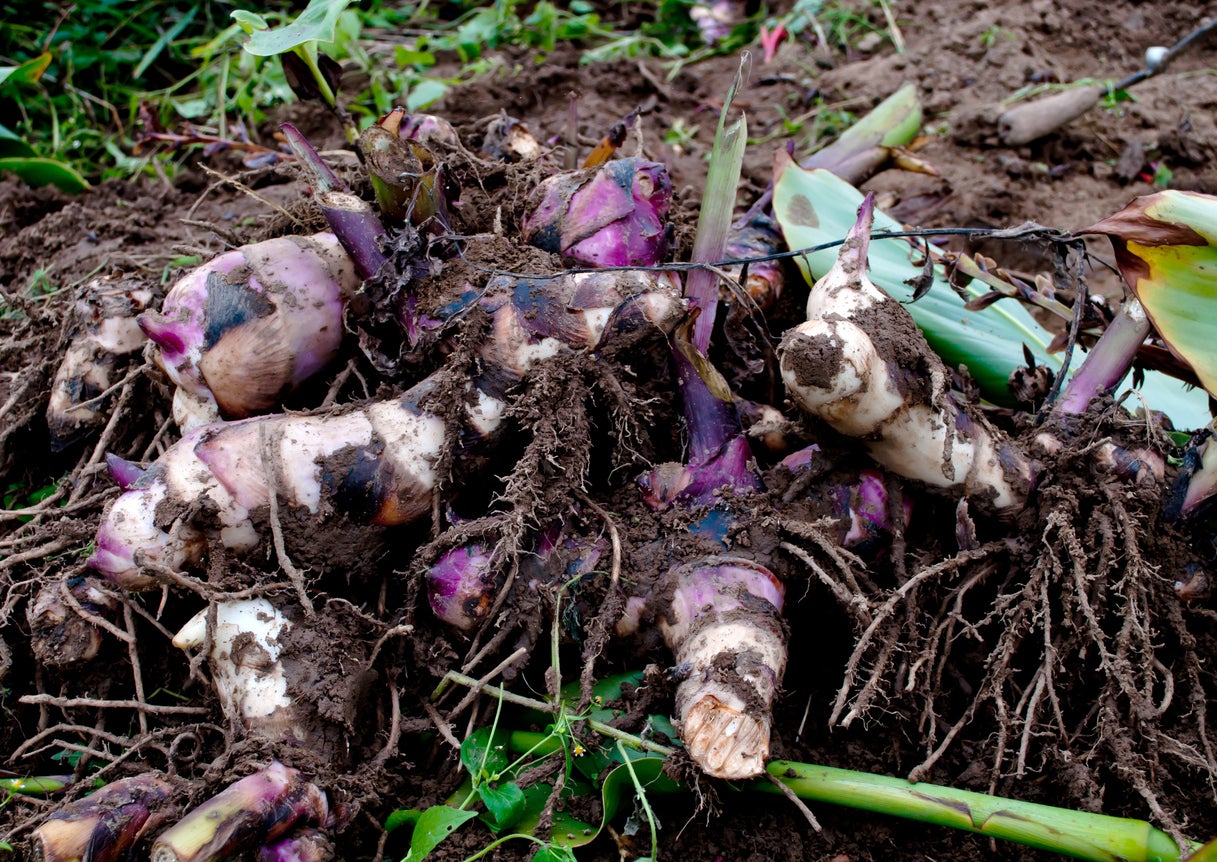 Canna Lily Rot: What Causes Rotting Canna Rhizomes
Canna Lily Rot: What Causes Rotting Canna RhizomesCanna flowers grow as a beautiful, long-lasting summer to fall display in the flower bed. In northern areas, they need to be dug and stored over winter for rhizomes to remain alive. But what happens when canna rhizomes are rotting? Learn about canna lily rot here.
By Becca Badgett
-
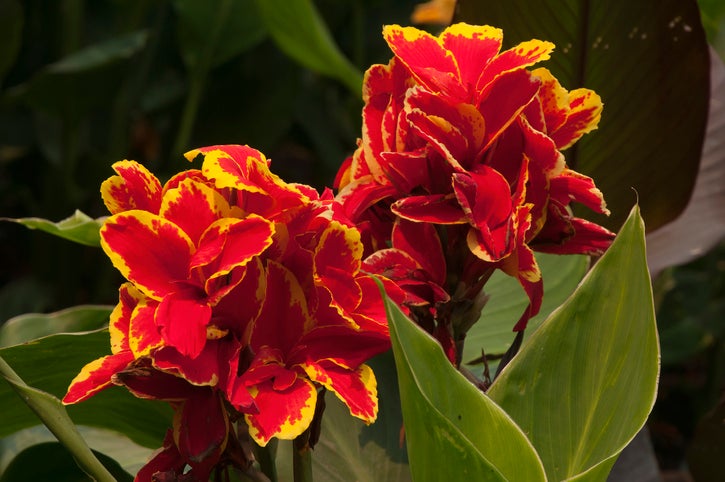 Why Won’t My Cannas Bloom – What To Do When Your Canna Will Not Flower
Why Won’t My Cannas Bloom – What To Do When Your Canna Will Not FlowerWhether grown permanently in the ground or dug up and replanted each season, age and other factors can reduce the vigor of canna blooms. If you are experiencing no flowers on a canna plant, this article is for you. Click here for more information.
By Darcy Larum
-
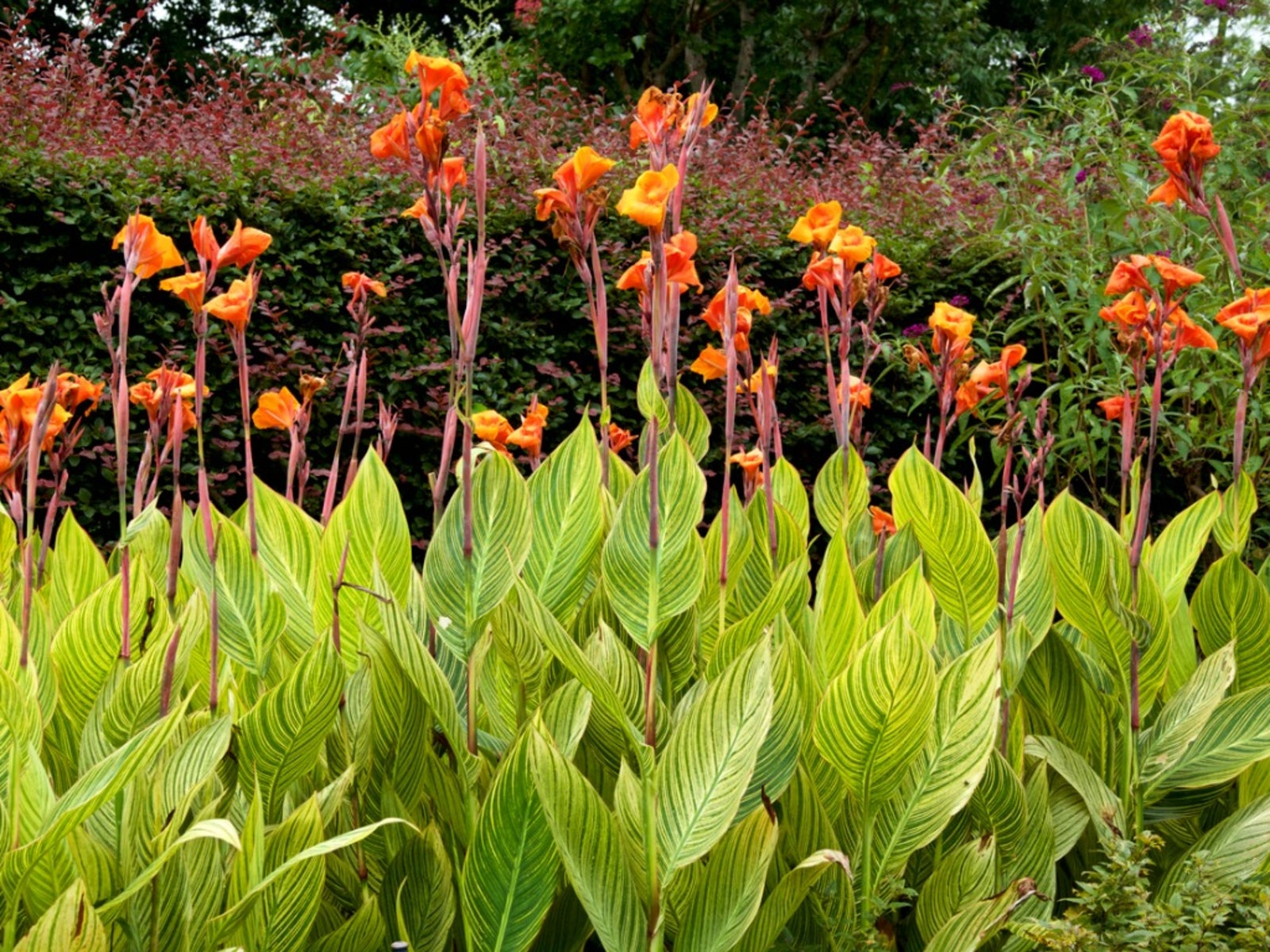 What Is Canna Rust: Learn How To Treat Rust On Canna Leaves
What Is Canna Rust: Learn How To Treat Rust On Canna LeavesAs showy as they are, canna plants are susceptible to a variety of issues, one of which is rust on canna leaves. What is canna rust? Click here for information on canna rust, including canna rust symptoms and tips for treating cannas with rust.
By Amy Grant
-
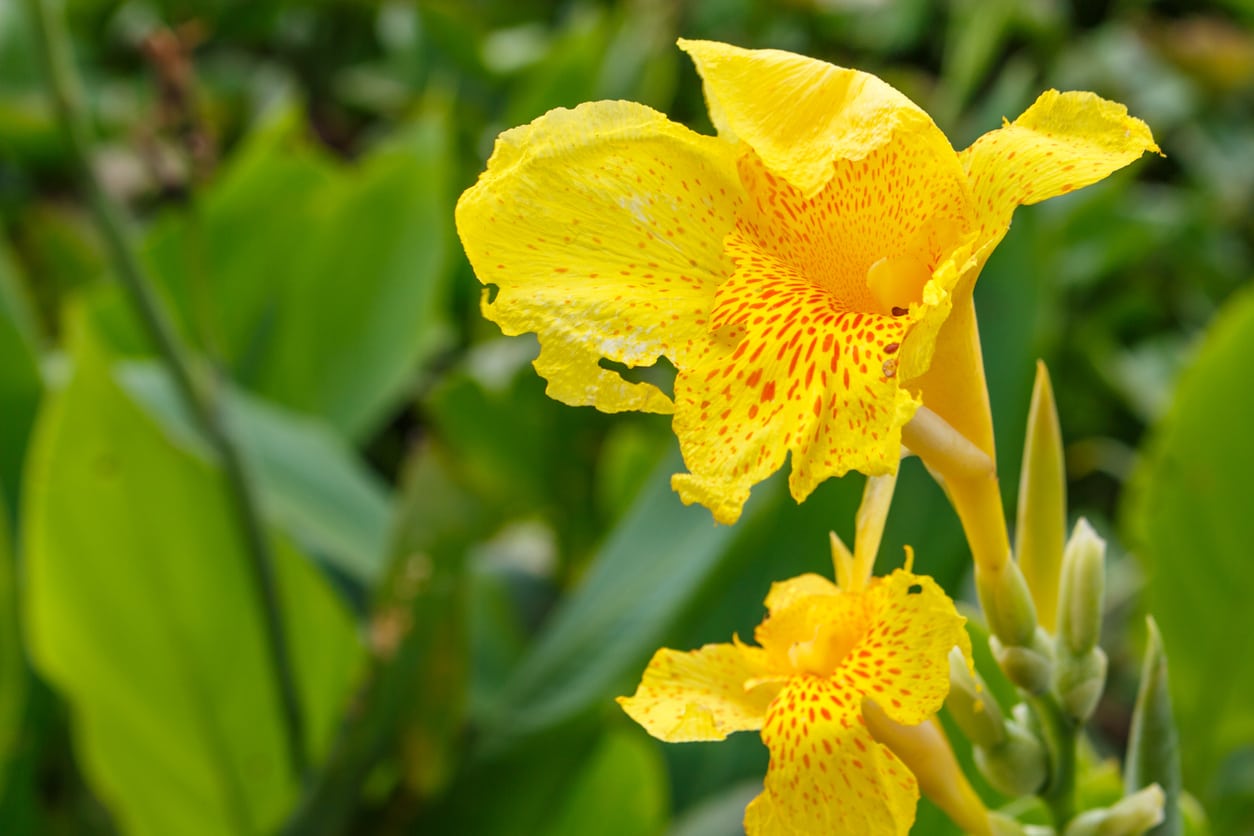 Canna Lily Fertilization – Tips For Feeding A Canna Lily Plant
Canna Lily Fertilization – Tips For Feeding A Canna Lily PlantFertilizing canna lilies will ensure these stunners in your garden or your indoor containers will thrive and produce the most beautiful flowers and foliage. These plants love nutrients, so don?t skip this step in growing canna lilies. Learn more in this article.
By Mary Ellen Ellis
-
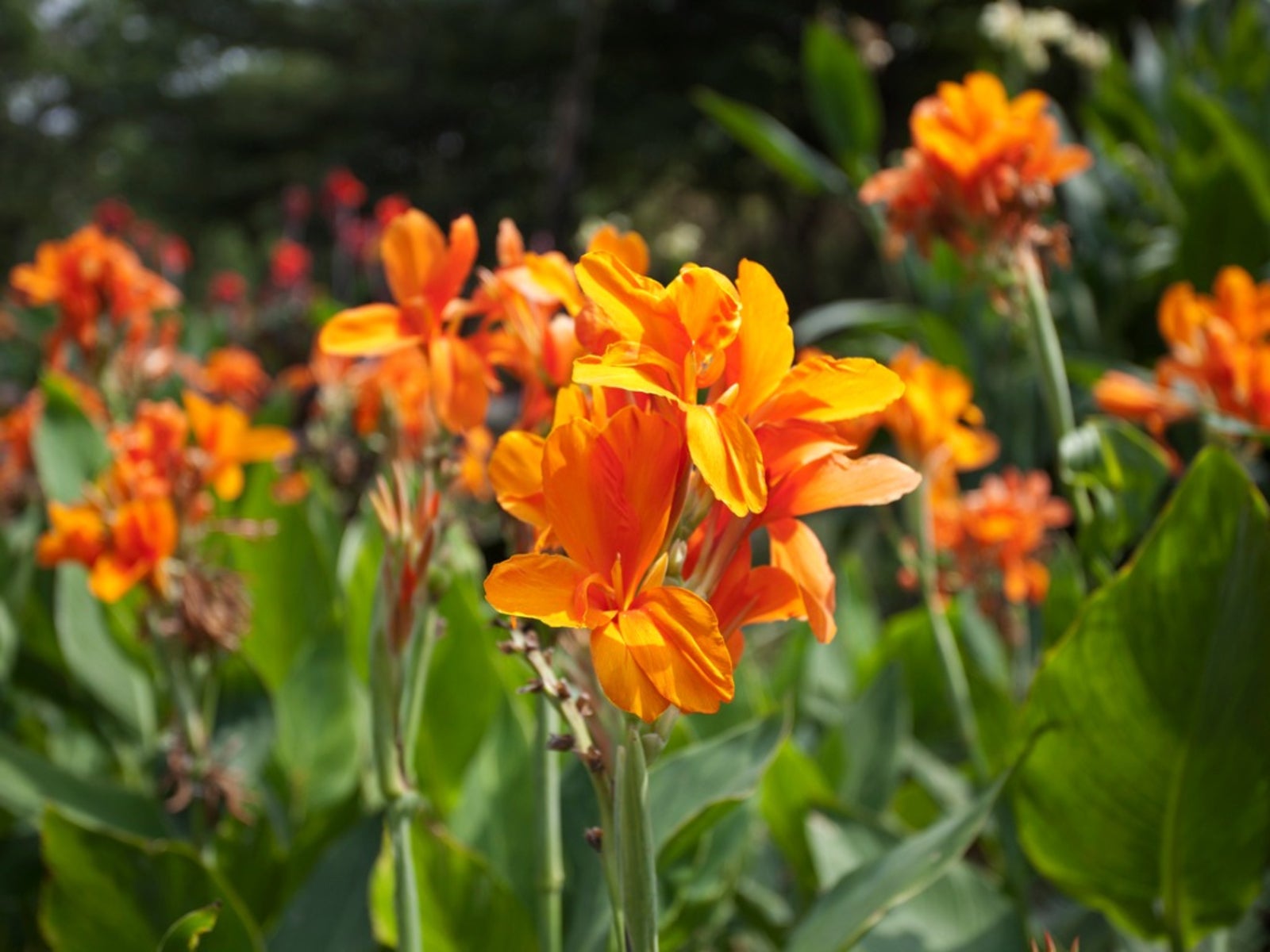 Canna Mosaic Virus: Dealing With Mosaic On Canna Plants
Canna Mosaic Virus: Dealing With Mosaic On Canna PlantsCannas are beautiful, showy flowering plants. Because they're such all-around winners in the garden, it can be especially devastating to discover your cannas are infected with disease. Learn more about recognizing mosaic virus in cannas and what to do in this article.
By Liz Baessler
-
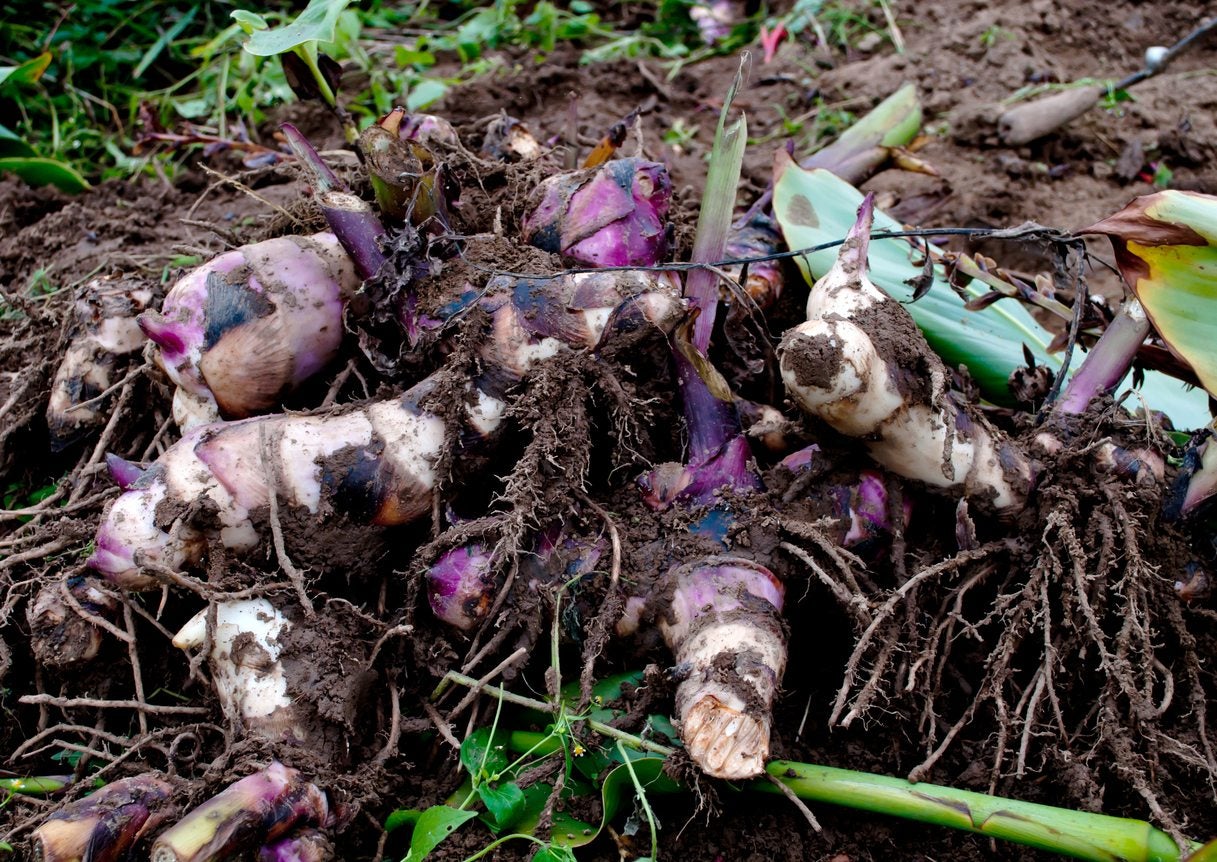 Can I Transplant Cannas: – Learn When To Transplant Canna Lilies
Can I Transplant Cannas: – Learn When To Transplant Canna LiliesIn cool climates, canna bulbs are planted each spring, then dug up in fall, divided and stored away over winter. Even in warmer climates, cannas will need to be dug up and divided every 4-5 years. Learn about dividing and transplanting cannas in this article.
By Darcy Larum
-
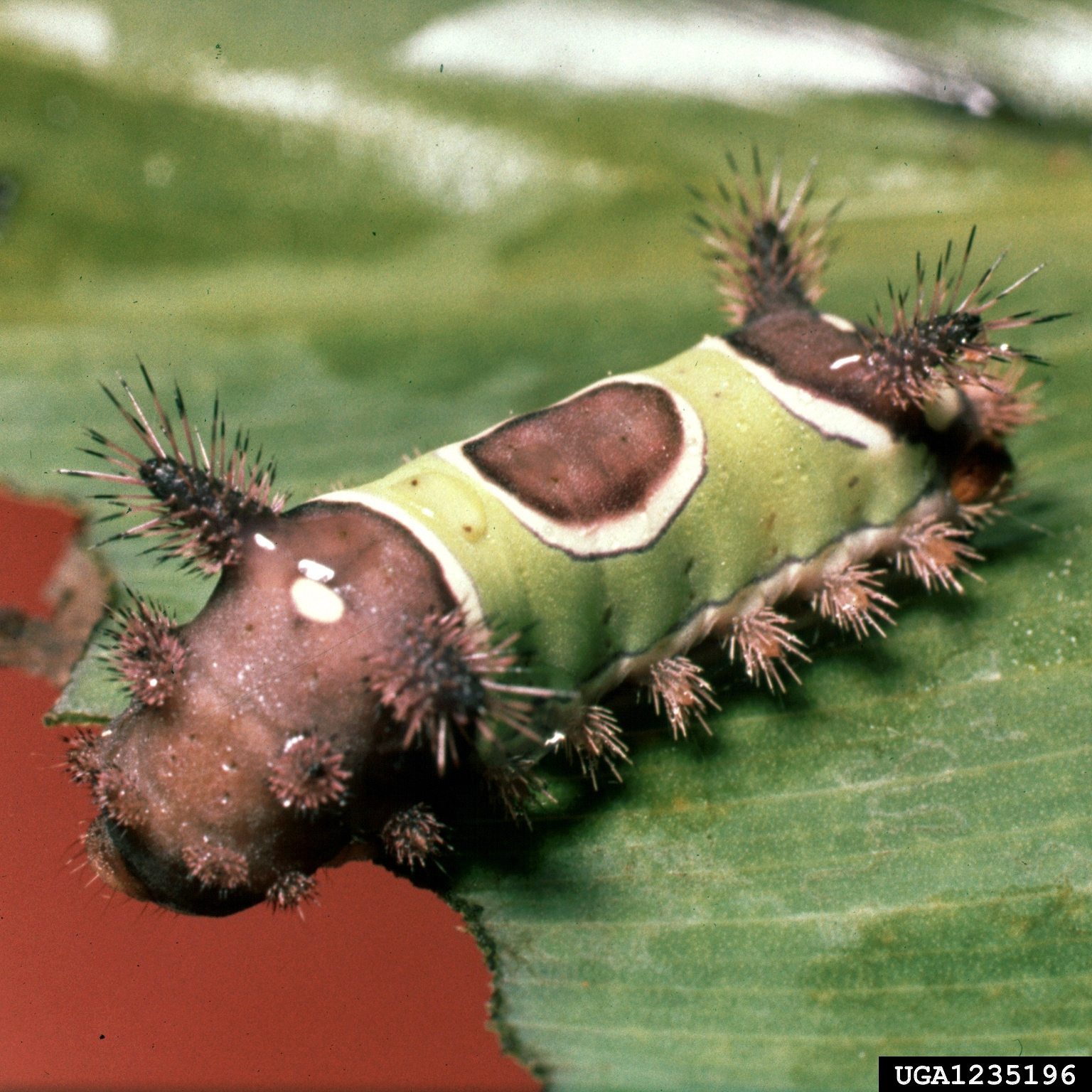 Common Pests Of Canna Lilies – Tips On Managing Canna Lily Pests
Common Pests Of Canna Lilies – Tips On Managing Canna Lily PestsCanna lily pests are rare, but their broad sword-like leaves are awfully attractive to a variety of leaf munchers. Click this article for some ideas on insects that attack Canna lily plants and how to recognize and defeat them.
By Bonnie L. Grant
-
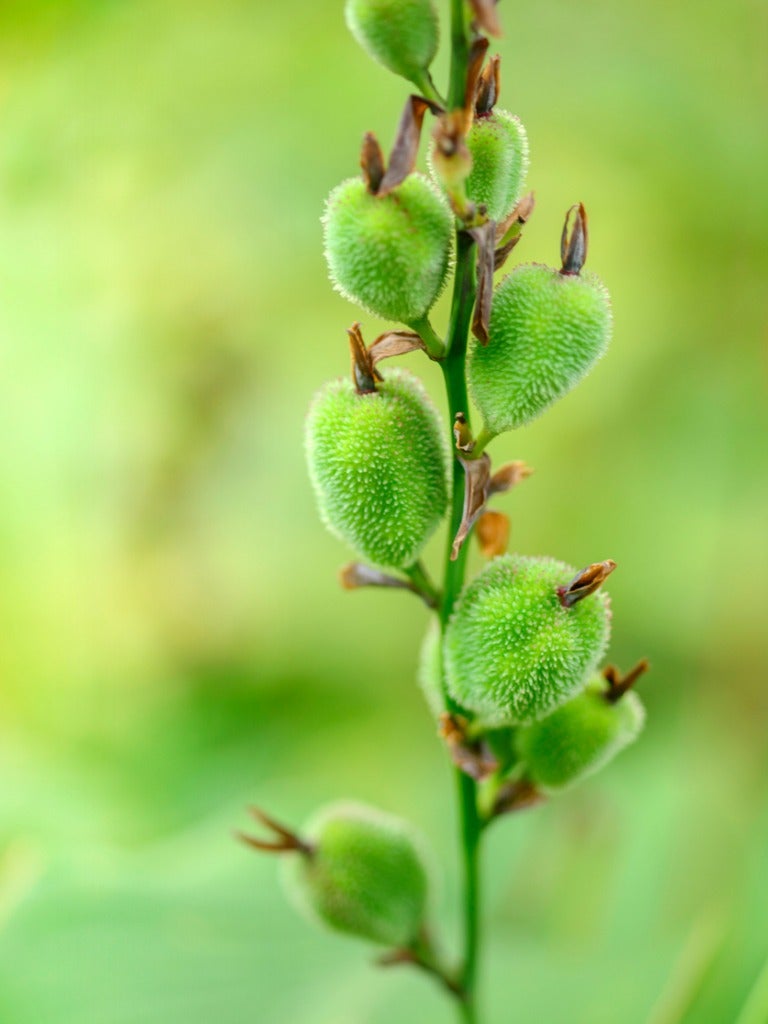 Canna Lily Seed Harvesting: Can You Plant Canna Lily Seeds
Canna Lily Seed Harvesting: Can You Plant Canna Lily SeedsCanna lilies are commonly propagated by dividing their underground rhizomes. But can you plant canna lily seeds too? Click here to get more information.
By Susan Patterson